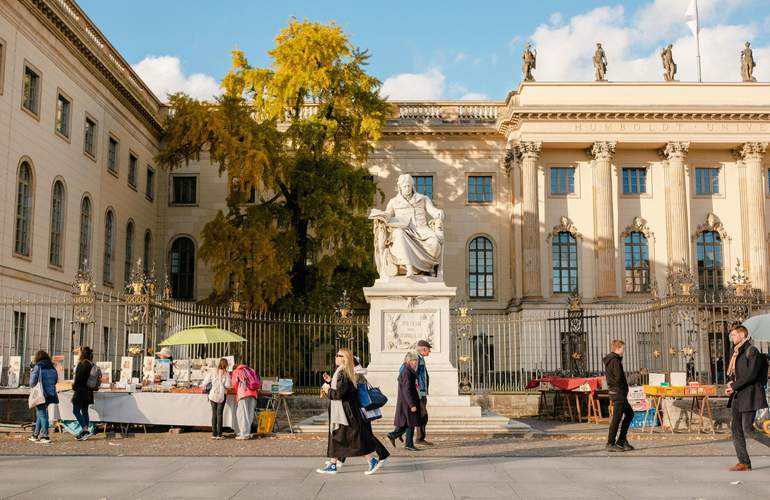The increase from India is particularly impressive. Within a decade, the number of Indian nationals in the capital has increased more than tenfold. With 41,500 people from India, this group now even surpasses the Russian community (38,000). The majority come to study and work – Indians are now the largest group of foreign students at German universities.
Places 2 to 5 also reflect current crises and refugee movements: Afghanistan, Syria, Ukraine, Iran.
The number of Ukrainians living in Berlin has risen from 9,800 to 70,500 since 2014. At the end of 2024, 13,800 Iranians were registered in the city.
In Berlin's diverse migration landscape, people with Turkish passports continue to top the list – but growth is comparatively moderate. Since 2014, their number has grown by around 11 per cent to approximately 110,000. This increase occurred almost entirely between 2019 and 2024. Only holders of Turkish citizenship are included in these figures; dual citizens are not taken into account.
The picture is quite different for citizens from Romania and Bulgaria. Romanian nationals have increased by over 120 per cent since 2014 and now number around 30,200 in the capital. Bulgarians follow in 10th place in the growth ranking with just under 32,000 in Berlin – an increase of almost 50 per cent compared to 2014.
An exciting glimpse into the future:
People from Vietnam, China and India are increasingly drawn to Berlin. Targeted recruitment and cooperation agreements promote their study and work opportunities. Students from India already make up the largest foreign student group at German universities.
Romanians and Bulgarians benefit from full freedom of movement for workers and no longer require a separate work permit.
Berlin thus remains a magnet and laboratory for globalisation: whether in start-ups, universities or multicultural neighbourhoods, the face of the city continues to change and reflects the opportunities of an open society.

